Wondering What a Nutritionist Eats on Keto? Our RDN Shares Her Approach…
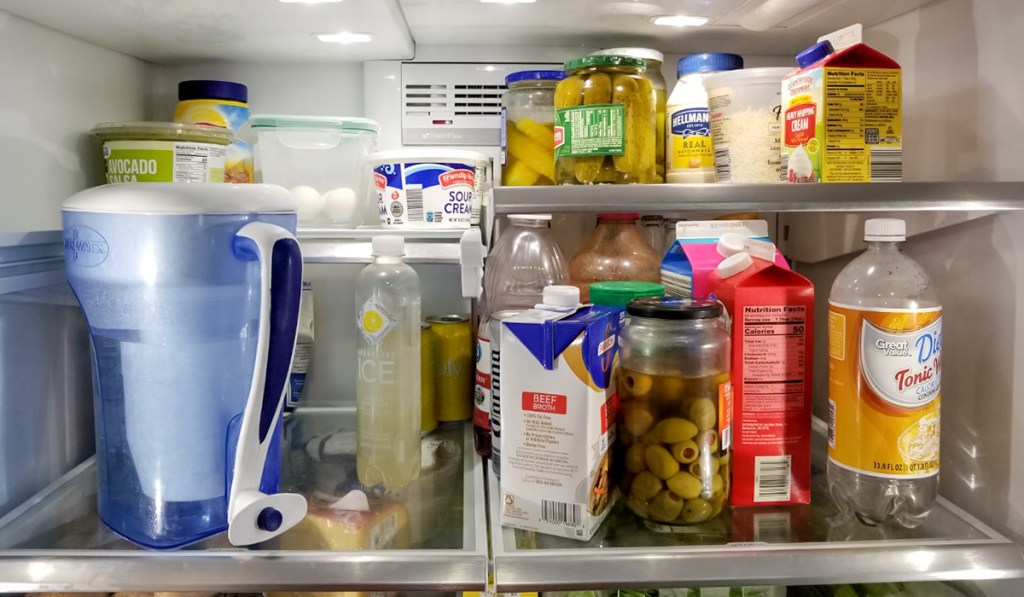
Hip2Keto’s very own registered dietician is showing us what a keto nutritionist really eats!
As a Registered Dietitian Nutritionist (RDN), my eating habits have definitely changed over the years. I haven’t always followed a low-carb, keto diet. In fact, during college and the first half of my dietitian career, I followed the USDA Dietary Guidelines, which was a low-calorie, low-fat diet with the main focus being whole grains.
It’s only been for the past six or seven years that I have transitioned to a low-carb keto diet. And I have to say, it’s the best thing I’ve ever done for myself. I feel so much better eating this way!
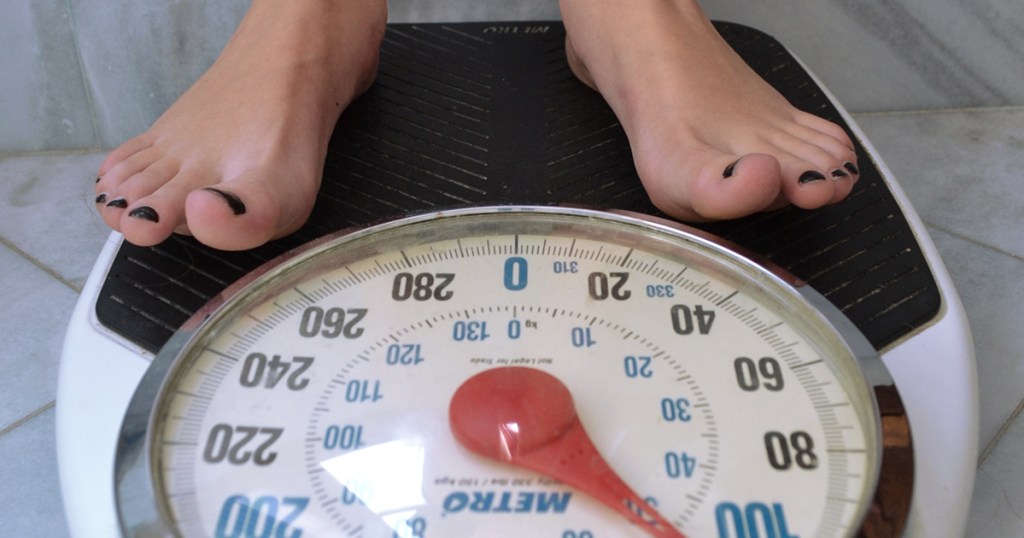
When I used to eat low-calorie and low fat, I was tired and hungry all the time. I also did a lot of cardio to maintain my weight. It’s hard to jog five miles when you’re exhausted and starving! If I stopped jogging or increased my calories, I would gain weight. It was not a good place.
Implementing low-carb and keto eating has been a process for me. It didn’t happen overnight, but it’s been sustainable over the long term. I have found that I feel my best eating this way and that I really enjoy all the low-carb and keto-friendly foods!

My main goal every day is to keep my carb intake as low as possible, and definitely under 100 grams. Most days my carbs are under 50 grams and are probably closer to 20 – 30 grams. But sometimes my carb intake is closer to 100 grams, and that’s okay. I stay on track with low carb and keto eating ninety percent of the time. To clarify what I consider low carb and keto:
- Low Carb Diet: less than 100 grams of carbs a day
- Moderate Keto Diet: 50 grams of carbs a day
- Standard Keto Diet: 20-30 grams of carbs a day
To warn you, my eating is pretty basic. I don’t like complicated recipes or strict meal plans. I have no idea how many calories I eat. I’m terrible at meal planning (but you can find a bunch of meal plans here on Hip2Keto!). Instead, I focus more on the components of my meals – protein, vegetables, and natural fats. I like to keep things simple!

Here’s the truth about breakfast…
Over the past three years, I have experimented with intermittent fasting. My goal is to fast at least 12-hours, but oftentimes it’s closer to a 16-hour fast. I typically skip breakfast and only have coffee with heavy whipping cream in the mornings. Collin does the same thing! ☕️
Lunch varies, depending on where I’m eating.
Around noon, I’ll have lunch as my first meal, which is usually at work in my hospital cafeteria. My lunches are either a salad with protein or meat with cooked vegetables. One of my favorite salads is Salmon Caesar.
The hot lunches I get vary from tri-tip to pork loin to chicken to salmon with Brussels sprouts, green beans, broccoli, or asparagus. Sometimes I get a bacon cheeseburger or Philly cheesesteak without the bun. I have found that you can order low-carb and keto meals anywhere you go!
If I’m home, my first meal is usually eggs and bacon or a chopped salad kit with a can of tuna or Al Fresco chicken sausage links.
What this keto nutritionist eats for dinner…
For dinners, I always have meat and include vegetables the majority of the time. I mostly eat beef for its nutrient density, but I do mix it up with fish (mostly salmon), chicken, and pork. If I cook vegetables, I roast them in the oven and then melt cheese on top.
Speaking of roasted vegetables, they are my absolute favorite! You can use fresh or frozen chopped vegetables. Line a baking sheet with parchment paper (so you don’t have to wash it!), place the vegetables on the baking sheet, drizzle with olive oil, season with garlic powder, salt, pepper, and red pepper flakes, and then toss.
Throw it in the oven at 350 degrees for about 15-20 minutes. You can even sprinkle your veggies with shredded cheese and then put them back in the oven until the cheese melts. So good!
No matter how you like to have your vegetables prepared, it’s important to make sure that you’re getting enough of the right kinds. Head on over here to see our list of the best vegetables to incorporate into your keto diet, and the ones you should be avoiding!
Other dinners I make are soups with meat and vegetables. I use cauliflower in place of rice, potatoes, or pasta. I also like to make goulash or casserole-style meals. These consist of whatever meat, vegetables, and cheese I have in the fridge. I just mix it all together in a baking dish and put it in the oven until the meat is cooked!
Yes, nutritionists do enjoy alcoholic beverages!
I’ve already shared quite a bit about what a keto nutritionist eats, but maybe you’re wondering what we drink too. I will admit that I do like to have a glass of wine from time to time! Dry wines only have about three grams of carbohydrates per five ounces, so I can make it fit within my total carbs for the day.
If you prefer a good cocktail, almost any drink you’re craving can be made into a keto-friendly version! We’re talking margaritas, mojitos, and mixed drinks of all kinds! If you’re more of a beer person, we have some recommendations for you too.
No matter what your drink of choice is, it’s definitely possible to enjoy a keto-friendly happy hour! Head on over here for more tips on the best way to do it.
What about snacks?
If you’re wondering what a keto nutritionist eats at snack time, the truth is that I try to avoid snacking as much as possible. The research on intermittent fasting is pretty convincing that we’re not meant to eat all day long. If I’m truly hungry though, I will have a snack.
My go-to snacks are low carb, keto, protein-heavy snacks, so I usually have lunch meat, salami, pepperoni, cheese, or nuts. There are lots of other keto-friendly snacks available, though! Head on over here to browse through our snack recipes.
Over the last year, I have shifted my focus more to protein intake. Research shows that protein is really the key to achieving and maintaining a healthy weight.
If I’ve slacked off (which definitely happens from time to time) and need to lose a few pounds, I go back to maintaining a 12-hour fast, and focusing on incorporating more protein during the day.
That, in a (lightly-salted) nutshell, is what a keto nutritionist eats!
The main takeaway I hope you get from taking a peek at my daily diet is that eating a low-carb or keto diet doesn’t have to be complicated. There is no right or wrong way to do it!
Just keep your carb intake as low as possible and include lots of healthy fats and proteins in your meals. If you need to mix up your own mealtime routine with some fresh new keto recipes, Hip2Keto has some of the best ones around.
Here’s everything you ever wanted to know about keto, from a nutritionist’s perspective!

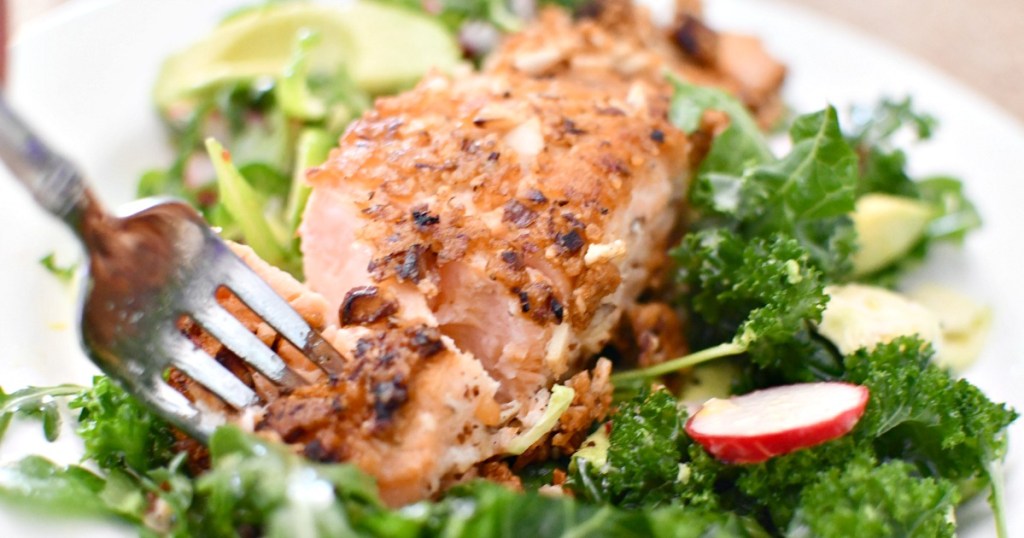
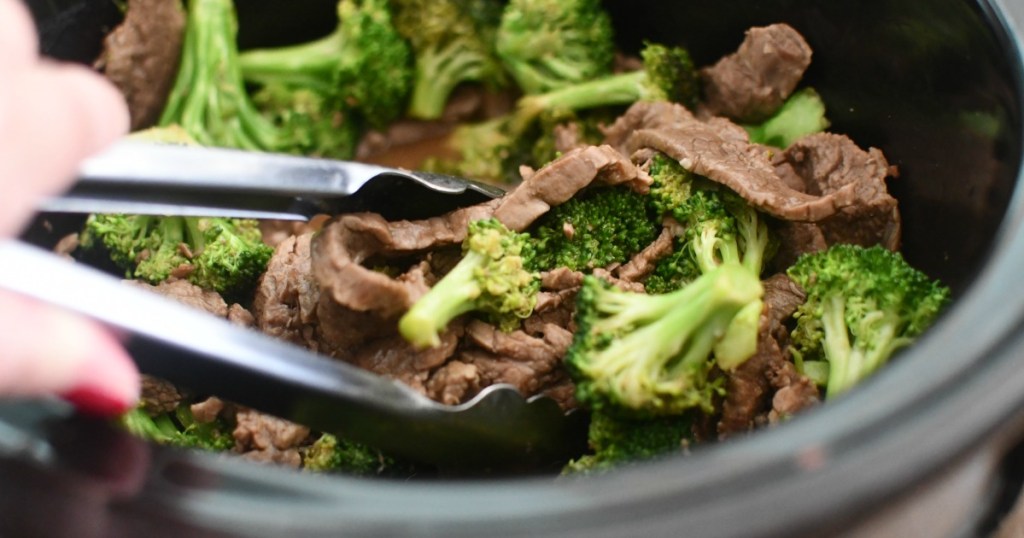


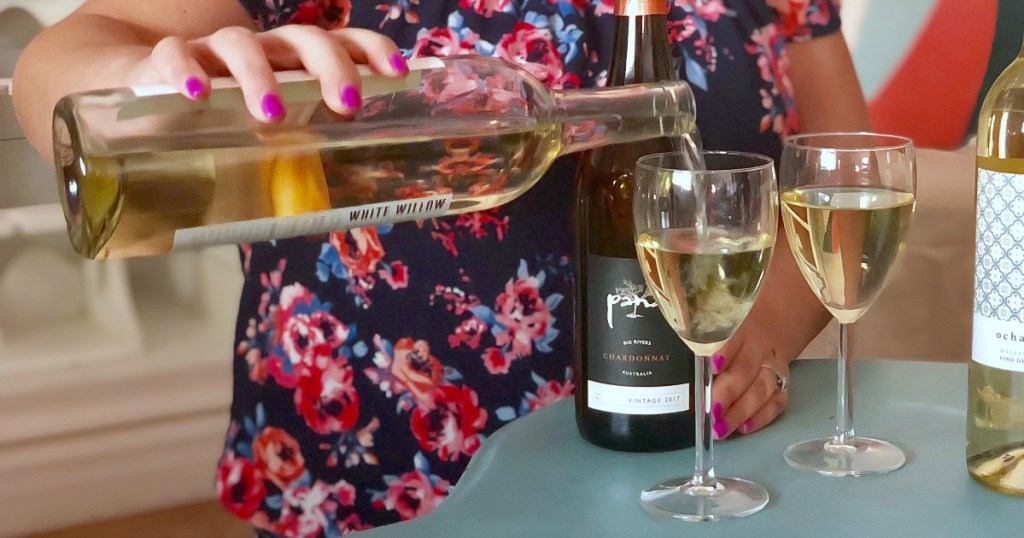

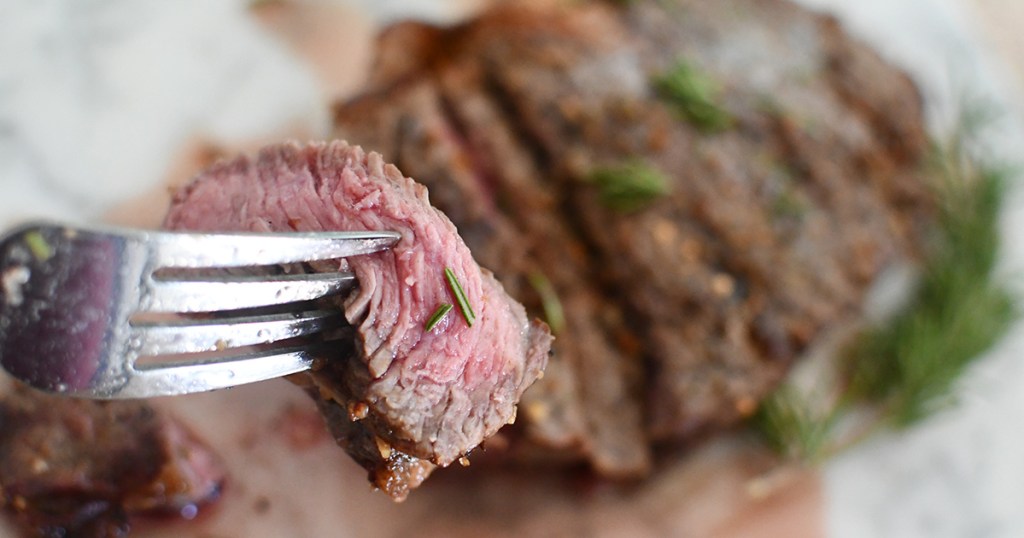
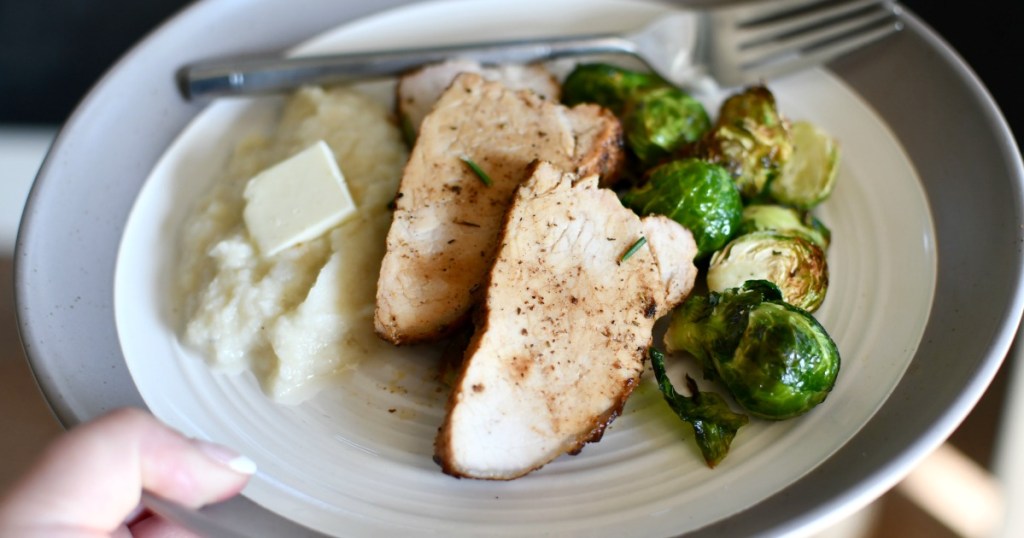
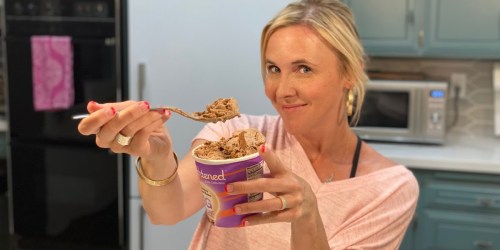
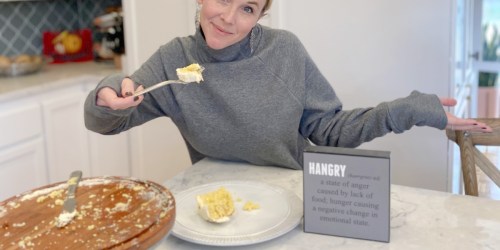

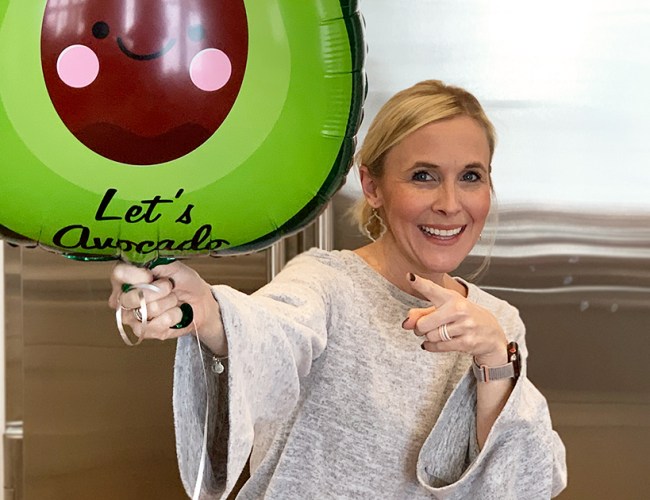
Comments 0